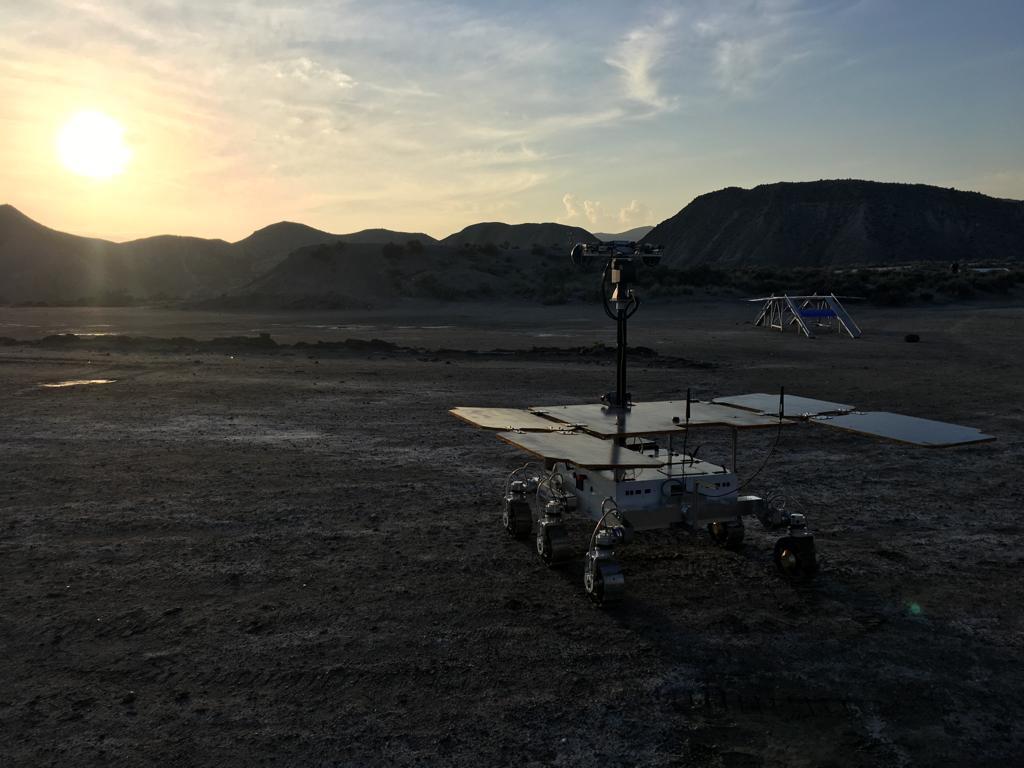As we gear up to unlock the mysteries of our solar system, the significance of testing before diving into the unknown cannot be emphasized enough. Groundbreaking developments in robotics are leading the charge in preparing us for Martian terrains and enigmatic lunar landscapes. Recently, the European Space Agency (ESA) has showcased two advanced robotic platforms—one that rolls and another that hops. Both prototypes represent a critical step towards refining our exploratory capabilities in the cosmos.
The Rolling Rover: Charlie’s Exploration Journey
Meet Charlie, a futuristic robotic rover design, poised to embark on the Martian surface as part of ESA’s Mars 2020 program. Recently, Charlie completed a rigorous week-long testing phase in the harsh Spanish desert—one of Earth’s closest analogs to the Red Planet. Despite the atmospheric differences and the altered gravity conditions, it provided the perfect environment for a trial run of this remarkable machinery.
- Test Conditions: While operating from hundreds of miles away in the U.K., the team simulated communication delays akin to what they would face on Mars. This thorough groundwork allows operators to develop a nuanced understanding of time-sensitive adjustments that may be needed during the real mission.
- Data-Driven Decisions: Equipped with an intricate array of radar systems and cameras, Charlie navigated its terrain using data collected autonomously. Even challenges like an unexpected rain—an unlikely occurrence on Mars—were transformed into learning opportunities, reminiscent of the dust storms expected there.
The upcoming test scheduled for February in Chile’s Atacama desert promises to extend this invaluable preparation, introducing new terrains and scenarios for Charlie to master.
Hopping into the Future: The SpaceBok Robot
In an innovative twist to planetary exploration, we have the SpaceBok—developed by ETH Zurich. Inspired by the agility of the African springbok, this jumping robot is designed to traverse more complex terrains than traditional wheeled vehicles. Emphasizing mobility, the SpaceBok is expected to maneuver over obstacles such as boulders or deep ravines, bringing a fresh perspective to extraterrestrial exploration.
- Optimized for Rough Terrain: While its utility might not be apparent on Earth, the SpaceBok is engineered to leap to heights of up to four meters on the Moon. This leap can drastically improve its efficiency and speed, demonstrating an inventive way to advance mobility in challenging landscapes.
- Future-Ready Autonomy: Ongoing testing in ESA’s Mars Yard sandbox allows the team to enhance SpaceBok’s autonomous capabilities, particularly in vision systems. A robot that can accurately assess its landing zones significantly improves operational effectiveness and reduces the risk of failure.
Conclusion: Preparing for New Worlds
As interplanetary missions capture our imagination—bolstered not just by governmental organizations like NASA and ESA but also by private sectors—robotic innovations like Charlie and SpaceBok are paving the way for the next frontier of exploration. Each test run, whether in Spain or Switzerland, contributes to our understanding and ability to adapt to extraterrestrial environments. These advancements are crucial for our future; they enhance the reliability of our exploratory missions and ensure safer journeys into the cosmos.
At fxis.ai, we believe that such advancements are crucial for the future of AI, as they enable more comprehensive and effective solutions. Our team is continually exploring new methodologies to push the envelope in artificial intelligence, ensuring that our clients benefit from the latest technological innovations. For more insights, updates, or to collaborate on AI development projects, stay connected with fxis.ai.

